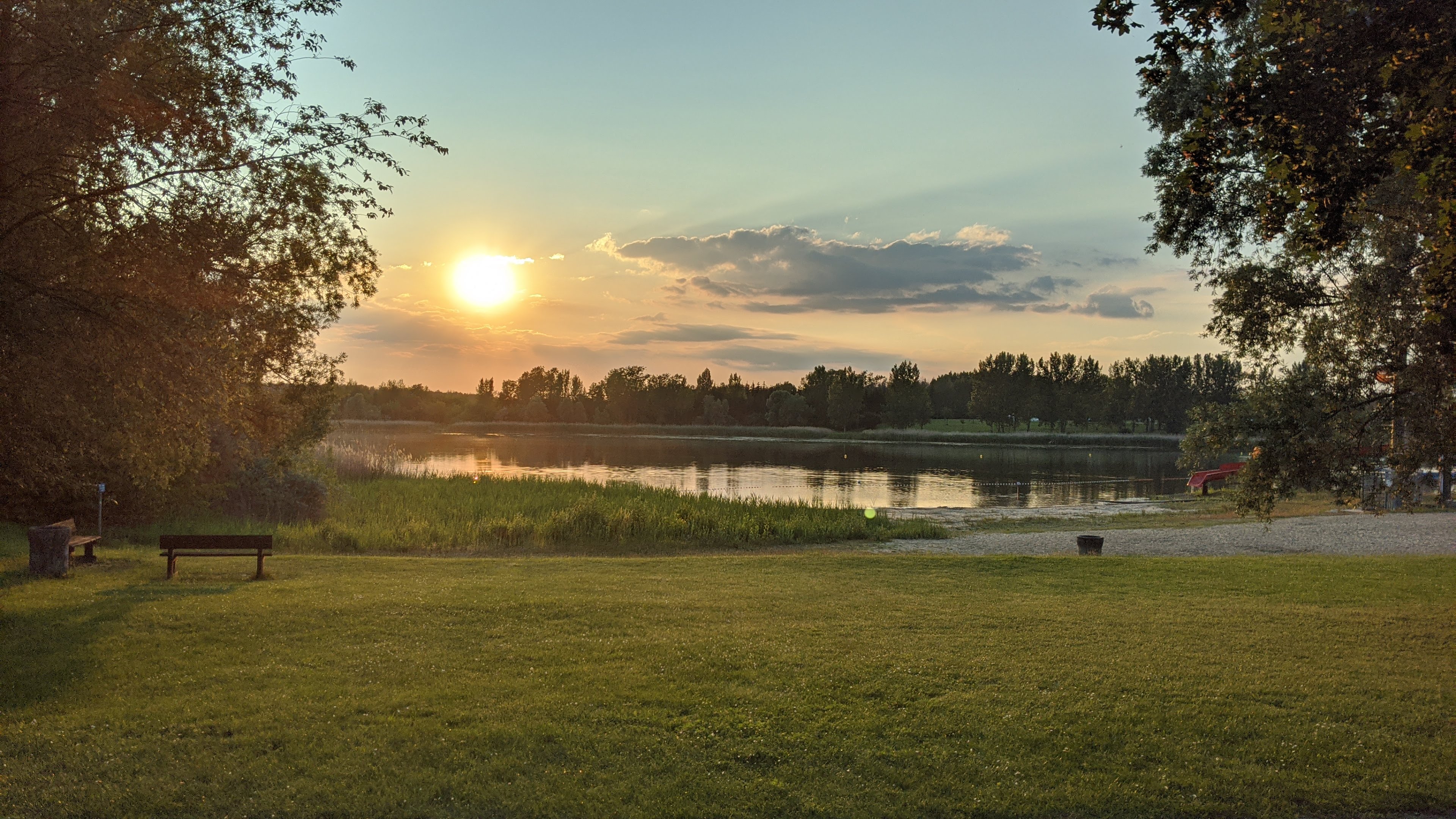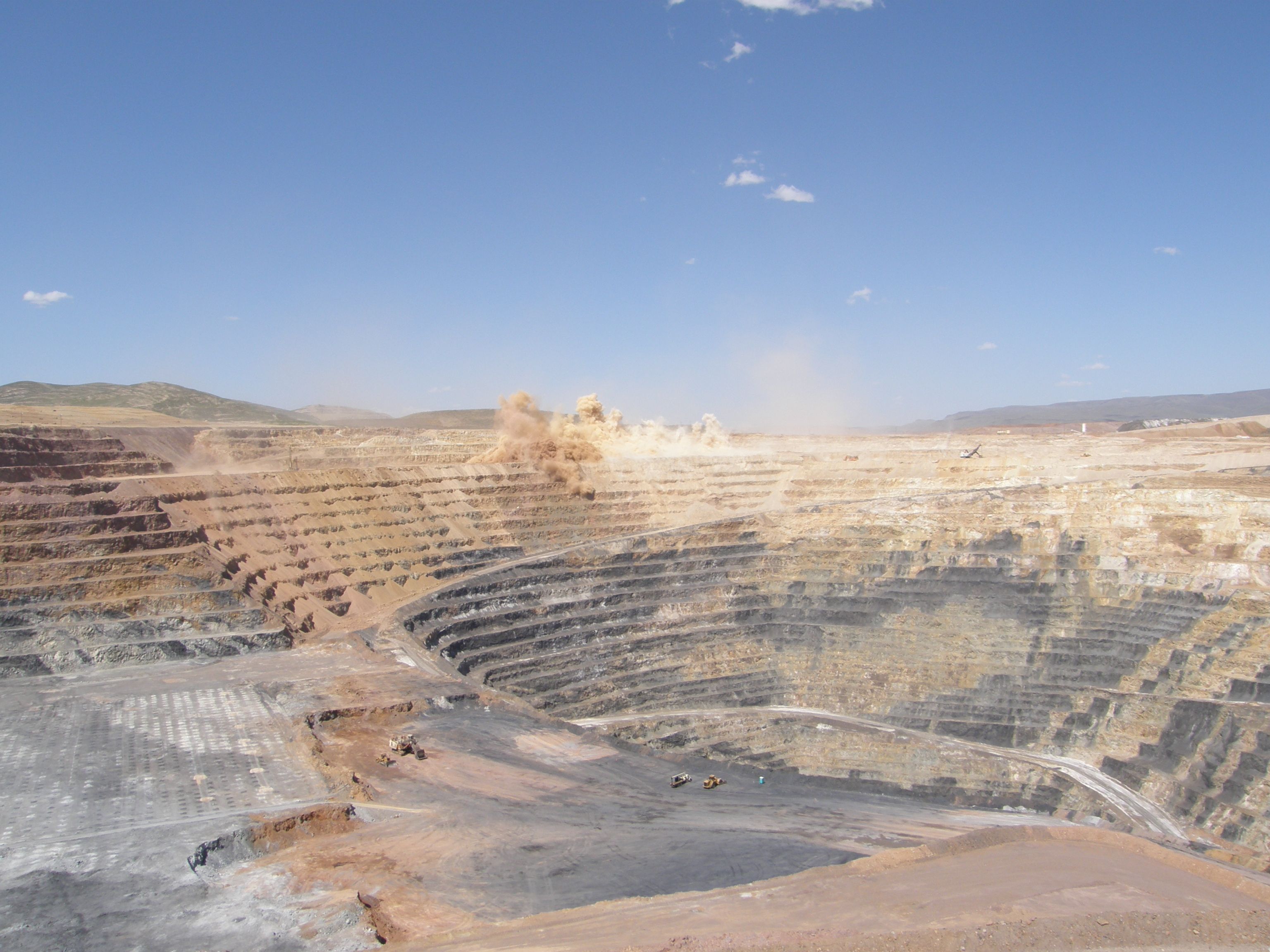|
Hohenmölsen
Hohenmölsen () is a town in the Burgenlandkreis district, in Saxony-Anhalt, Germany. It is situated approximately 10 km southeast of Weißenfels, and 27 km southwest of Leipzig. The town Hohenmölsen consists of Hohenmölsen proper and the ''Ortschaften'' (municipal divisions) Granschütz, Taucha, Saxony-Anhalt, Taucha, Webau, Werschen and Zembschen.Hauptsatzung der Stadt Hohenmölsen § 15, December 2020. History The Battle on the Elster, the third and last battle between the Salian king Henry IV, Holy Roman Emperor, Henry IV of Germany and anti-king Rudolf of Rheinfelden, was fought on October 14, 1080 near Hohenmölsen on the White Elster, White Elster river. In the year of 1091 the burgward "Melsin villa" (Milzi ...[...More Info...] [...Related Items...] OR: [Wikipedia] [Google] [Baidu] |
Battle On The Elster
Battle on the Elster () was the third and last battle between the Salian king Henry IV of Germany and anti-king Rudolf of Rheinfelden, fought on October 14, 1080 near Hohenmölsen on the White Elster river. Rudolf's forces were victorious; however, he was mortally wounded and succumbed to his injuries the next day. Background In February 1076, Pope Gregory VII had excommunicated Henry over the Investiture Controversy. In turn, the rebellious German princes met at Trebur in October and resolved upon his deposition, if he would not be able to obtain the revocation of the ban within a year. By his Walk to Canossa in January 1077, the king received absolution, nevertheless the princes elected Rudolf of Rheinfelden anti-king on March 15. Henry placed Rudolf under imperial ban and marched against him. Their forces first met in the Battle of Mellrichstadt on 7 August 1078 and again in the Battle of Flarchheim on 27 January 1080. Both encounters remained inconclusive. Prelude Henry ... [...More Info...] [...Related Items...] OR: [Wikipedia] [Google] [Baidu] |
Granschütz
Granschütz is a village and a former municipality in the Burgenlandkreis district, in Saxony-Anhalt, Germany. Since 1 January 2010, it is part of the town Hohenmölsen Hohenmölsen () is a town in the Burgenlandkreis district, in Saxony-Anhalt, Germany. It is situated approximately 10 km southeast of Weißenfels, and 27 km southwest of Leipzig. The town Hohenmölsen consists of Hohenmölsen proper and .... References Former municipalities in Saxony-Anhalt Burgenlandkreis {{Burgenlandkreis-geo-stub ... [...More Info...] [...Related Items...] OR: [Wikipedia] [Google] [Baidu] |
Taucha, Saxony-Anhalt
Taucha is a village and a former municipality in the Burgenlandkreis district, in Saxony-Anhalt, Germany. Since 1 January 2010, it is part of the town Hohenmölsen Hohenmölsen () is a town in the Burgenlandkreis district, in Saxony-Anhalt, Germany. It is situated approximately 10 km southeast of Weißenfels, and 27 km southwest of Leipzig. The town Hohenmölsen consists of Hohenmölsen proper and .... References Former municipalities in Saxony-Anhalt Burgenlandkreis {{Burgenlandkreis-geo-stub ... [...More Info...] [...Related Items...] OR: [Wikipedia] [Google] [Baidu] |
Profen Coal Mine
The Profen Coal Mine is a coal mine located near Hohenmölsen and Zeitz in Saxony-Anhalt. The mine has coal reserves amounting to 115 million tonnes of lignite, one of the largest coal reserves in Europe Europe is a continent located entirely in the Northern Hemisphere and mostly in the Eastern Hemisphere. It is bordered by the Arctic Ocean to the north, the Atlantic Ocean to the west, the Mediterranean Sea to the south, and Asia to the east ... and the world and has an annual production of 9 million tonnes of coal. As of 2018, Mibrag has paid €550 million ($644 million) in local taxes per year, or 16 percent of the district's revenue. References {{DEFAULTSORT:Profen Coal Mine Coal mines in Germany Mining in Saxony-Anhalt Burgenlandkreis ... [...More Info...] [...Related Items...] OR: [Wikipedia] [Google] [Baidu] |
Burgenlandkreis
Burgenlandkreis () is a district in Saxony-Anhalt, Germany. Its area is . History The district was established as Landkreis Burgenland by the merger of the former Burgenlandkreis and Landkreis Weißenfels as part of the reform of 2007. On 16 July 2007, the district parliament decided to change the name to Burgenlandkreis, which came into effect on 1 August 2007. In 2015 the skeletal remains of an ancient inhabitant of Karsdorf dated from the Early Neolithic (7200 BP) were analyzed; he turned out to belong to the paternal T1a-M70 lineage and maternal lineage H1. Towns and municipalities The Burgenlandkreis consists of the following subdivisions: Free towns The district's free towns are Hohenmölsen, Lützen, Naumburg, Teuchern, Weißenfels, and Zeitz Zeitz (; , ) is a town in the Burgenlandkreis district, in Saxony-Anhalt, Germany. It is situated on the river White Elster, in the triangle of the federal states Saxony-Anhalt, Thuringia, and Sax ... [...More Info...] [...Related Items...] OR: [Wikipedia] [Google] [Baidu] |
Rudolf Of Rheinfelden
Rudolf of Rheinfelden ( – 15 October 1080) was Duke of Swabia from 1057 to 1079. Initially a follower of his brother-in-law, the Salian emperor Henry IV, his election as German anti-king in 1077 marked the outbreak of the Great Saxon Revolt and the first phase of open conflict in the Investiture Controversy between Emperor and Pope, Papacy. After a series of armed conflicts, Rudolf succumbed to his injuries after his forces defeated Henry's in the Battle on the Elster. Life Rudolf was the son of the Duchy of Swabia, Swabian count (''Graf'') Kuno of Rheinfelden (Aargau), Rheinfelden. He was first mentioned in a 1048 deed issued by the Salian emperor Henry III, Holy Roman Emperor, Henry III as a count in the Swabian Sisgau on the High Rhine (in present-day Northwestern Switzerland), an estate then held by the Prince-Bishopric of Basel. Rudolf's family had large possessions up to Sankt Blasien Abbey in the Black Forest and down to the Aargau beyond the border with the Kingdom of ... [...More Info...] [...Related Items...] OR: [Wikipedia] [Google] [Baidu] |
Henry IV, Holy Roman Emperor
Henry IV (; 11 November 1050 – 7 August 1106) was Holy Roman Emperor from 1084 to 1105, King of Germany from 1054 to 1105, King of Italy and List of kings of Burgundy, Burgundy from 1056 to 1105, and Duke of Bavaria from 1052 to 1054. He was the son of Henry III, Holy Roman Emperor—the second monarch of the Salian dynasty—and Agnes of Poitou. After his father's death on 5 October 1056, Henry was placed under his mother's guardianship. She made grants to German aristocrats to secure their support. Unlike her late husband, she could not control the election of the popes, thus the idea of the Libertas ecclesiae, "liberty of the Church" strengthened during her rule. Taking advantage of her weakness, Archbishop Anno II of Cologne kidnapped Henry in April 1062. He administered Germany until Henry came of age in 1065. Henry endeavoured to recover the royal estates that had been lost during his minority. He employed low-ranking officials to carry out his new policies, causing disco ... [...More Info...] [...Related Items...] OR: [Wikipedia] [Google] [Baidu] |
Weißenfels
Weißenfels (; often written in English as Weissenfels) is the largest town of the Burgenlandkreis district, in southern Saxony-Anhalt, central Germany. It is situated on the river Saale, approximately south of Halle, Saxony-Anhalt, Halle. History Perhaps the first mention of the area, before the town itself was founded occurred in 806 CE, when Charles the Younger (''Karl der Jüngere''), King of the Franks, fought and killed two West Slavs, West Slavic ''Knyaz, Knezy'' (princes) nearby: duke Miliduch of the Sorbs and Nessyta (possibly also a Sorbian leader). Miliduch had led a Sorbian invasion of Austrasia. The settlement arose around a castle on a ford (crossing), ford crossing the Saale and received German town law, municipal rights in 1185. During the Thirty Years' War, the town was badly damaged and the population fell from 2200 to 960. On 7 November 1632 the body of King Gustavus Adolphus of Sweden was first laid out at Weißenfels after he had been killed the day befo ... [...More Info...] [...Related Items...] OR: [Wikipedia] [Google] [Baidu] |
AGCO
AGCO Corporation is an American agricultural machinery manufacturer headquartered in Duluth, Georgia, United States. It was founded in 1990. AGCO designs, produces and sells tractors, combines, foragers, hay tools, self-propelled sprayers, smart farming technologies, seeding equipment, and tillage equipment. History 1990–1996: Founding and early years AGCO was established on June 20, 1990, when Robert J. Ratliff, John M. Shumejda, Edward R. Swingle, and James M. Seaver, who were executives at Deutz-Allis, bought out Deutz-Allis North American operations from the parent corporation Klöckner-Humboldt-Deutz AG (KHD), a German company which owned the Deutz-Fahr brand of agriculture equipment. KHD had purchased portions of the Allis-Chalmers agricultural equipment business five years earlier. After the organization of the company, Robert Ratliff was selected to be the company's first chairman. The company was called Gleaner-Allis Corporation, then the name was changed t ... [...More Info...] [...Related Items...] OR: [Wikipedia] [Google] [Baidu] |
Open-pit Mining
Open-pit mining, also known as open-cast or open-cut mining and in larger contexts mega-mining, is a surface mining technique that extracts rock (geology), rock or minerals from the earth. Open-pit mines are used when deposits of commercially useful ore or rocks are found near the surface where the overburden is relatively thin. In contrast, deeper mineral deposits can be reached using underground mining. Open-pit mining is considered one of the most dangerous industrial sector, sectors in the industrial world. It causes significant effects to miners' health, as well as damage to the ecological land and water. Open-pit mining causes changes to vegetation, soil, and bedrock, which ultimately contributes to changes in surface hydrology, groundwater levels, and flow paths. Additionally, open-pit produces harmful pollutants depending on the type of mineral being mined, and the type of mining process being used. Extraction Miners typically drill a series of test holes to locate ... [...More Info...] [...Related Items...] OR: [Wikipedia] [Google] [Baidu] |
Fascism
Fascism ( ) is a far-right, authoritarian, and ultranationalist political ideology and movement. It is characterized by a dictatorial leader, centralized autocracy, militarism, forcible suppression of opposition, belief in a natural social hierarchy, subordination of individual interests for the perceived interest of the nation or Race (human categorization), race, and strong regimentation of society and the economy. Opposed to communism, democracy, liberalism, Pluralism (political philosophy), pluralism, and socialism, fascism is at the far right of the traditional left–right spectrum.; ; ; ; ; ; ; ; ; ; ; ; ; Fascism rose to prominence in early-20th-century Europe. The first fascist movements Italian fascism, emerged in Italy during World War I, before Fascism in Europe, spreading to other European countries, most notably Nazi Germany, Germany. Fascism also had adherents outside of Europe. Fascists saw World War I as a revolution that brought massive changes to the nature ... [...More Info...] [...Related Items...] OR: [Wikipedia] [Google] [Baidu] |
Revegetation
Revegetation is the process of replanting and rebuilding the soil of disturbed land. This may be a natural process produced by plant colonization and succession, manmade rewilding projects, accelerated process designed to repair damage to a landscape due to wildfire, mining, flood, or other cause. Originally the process was simply one of applying seed and fertilizer to disturbed lands, usually grasses or clover. The fibrous root network of grasses is useful for short-term erosion control, particularly on sloping ground. Establishing long-term plant communities requires forethought as to appropriate species for the climate, size of stock required, and impact of replanted vegetation on local fauna. The motivations behind revegetation are diverse, answering needs that are both technical and aesthetic, but it is usually erosion prevention that is the primary reason. Revegetation helps prevent soil erosion, enhances the ability of the soil to absorb more water in significant rain ev ... [...More Info...] [...Related Items...] OR: [Wikipedia] [Google] [Baidu] |





